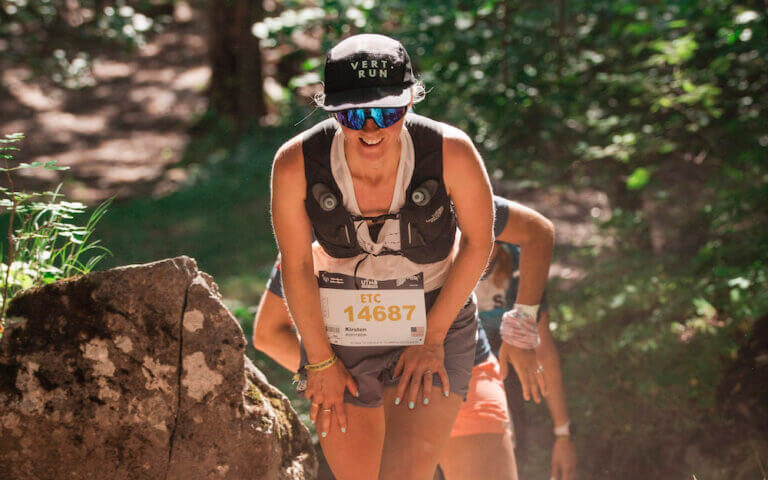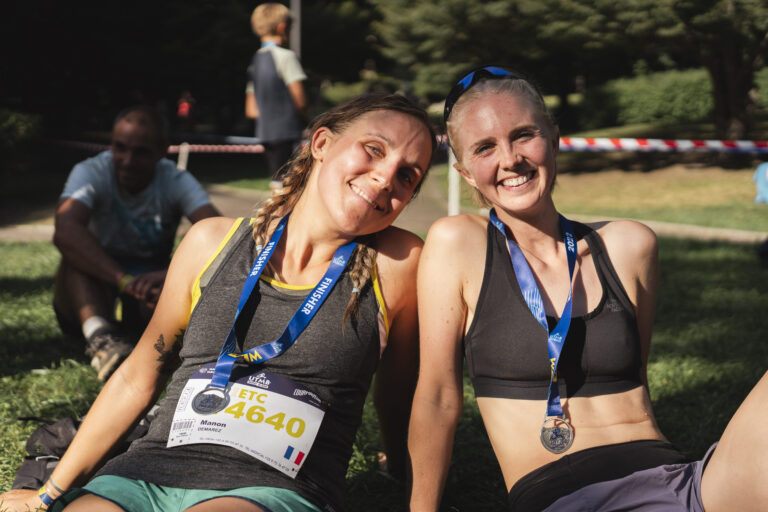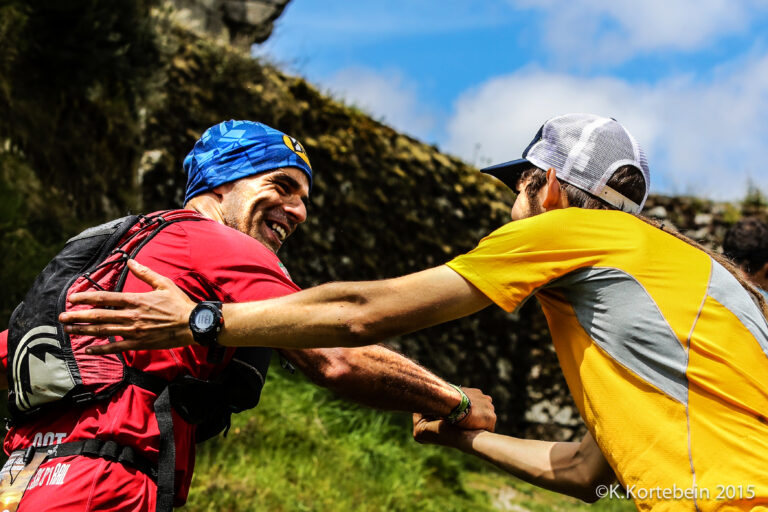In this quick strides lowdown, we’ll go over two things: how to do strides, and why they’re important for you as a trail runner. No matter if you’re running short, fast distances or technical, mountainous ultras, strides are a major tool in any runner’s training kit, even more if you want to run fast like Francesco Puppi.
A stride is a peak in your acceleration of high intensity; it lasts for a short, specific period of time (usually between 10 to 30 seconds.)
However, “high intensity” doesn’t mean that you should run a stride at your maximum speed. To understand why not, let’s first walk through the “why” of doing a stride.
Basically, the whole point of these intensity peaks is so that our body, legs, and heart are stimulated. This gives us a ton of benefits: strides are great for improving our efficiency as a runner; “waking up” our systems before a race or intense workout; and improving our power when it comes to getting to our fastest speed faster.
Plus, strides are a really simple element to tack on to any kind of training that we’re doing.
When you train with Vert.run, we’ll have you do strides in your workouts. But we focus on making them doable; the strides’ duration and intensity will increase incrementally. Your form will improve over time, and you’ll build an aerobic and physical base…which will leave you feeling stronger when you do strides the next week.

How do I do a stride?
The most important thing to remember when doing a stride is that you’ll define in advance either their time (in seconds) or distance (in feet.) It’s really important to respect these pre-defined limits so that you don’t overexert yourself, and so that you benefit properly from the stride.
Secondly, your speed during a stride should never, ever be your 100% maximum. Your strides need to be at a speed which can be controlled, and which won’t be too hard on your body. The goal is never to go over our 90% of maximum speed while we’re doing strides.
Here’s a good way to understand the length of your strides.

Want to run fast? Start training with a plan designed by Nike Athlete Francesco Puppi
For just $6 / week, including coaching!
A recommendation: it’s ideal to do your strides on a surface where you don’t have to worry about tripping or unevenness. Asphalt or concrete is a great stride surface. Also, the emphasis should be on using our power correctly and being aware of our form—i.e. doing the stride correctly for the full duration of the stride. (Remember: focus on form, not on maxing out your speed.)
It’s also important to remember that in between stride repeats, you’ll have a short recovery period. This recovery period exists for a reason, and should be done consciously and with respect in order to do the next stride with power and precision.
In the following photos and videos, you’ll see a demonstration of how to run a stride correctly.
And since it always helps to know the “why” behind an instruction, we’ll leave you with a few important points about the benefits of doing strides.
Strides Benefits:
- Improve your running efficiency.
- Stride takes you to a place of high intensity for a limited period of time. This helps us improve our form and efficiency when running for longer periods of time at lower intensities. Plus, a Stride helps us accelerate more efficiently when it’s time to do so in our workouts or races.
- Are important before a race or intense training.
- Essentially, strides help “wake up” our legs and the rest of our body. It gives our system the signal that something intense is coming. Strides help our body and brain to get ready for what’s coming and to be able to access our fastest, sharpest selves.
- Regular strides help us maintain our fitness level for longer without having to do huge “intense” workouts in a training block. They complement our aerobic capacity and muscle power and send signals to our heart that teach it to pump more blood to our muscles during intense running moments.
- All of this great stuff comes from one simple thing: accelerating quickly and for a short period of time. These benefits also translate into maintaining our fitness level while minimizing the risk of injury.
- Doing regular strides helps us stay in shape.








